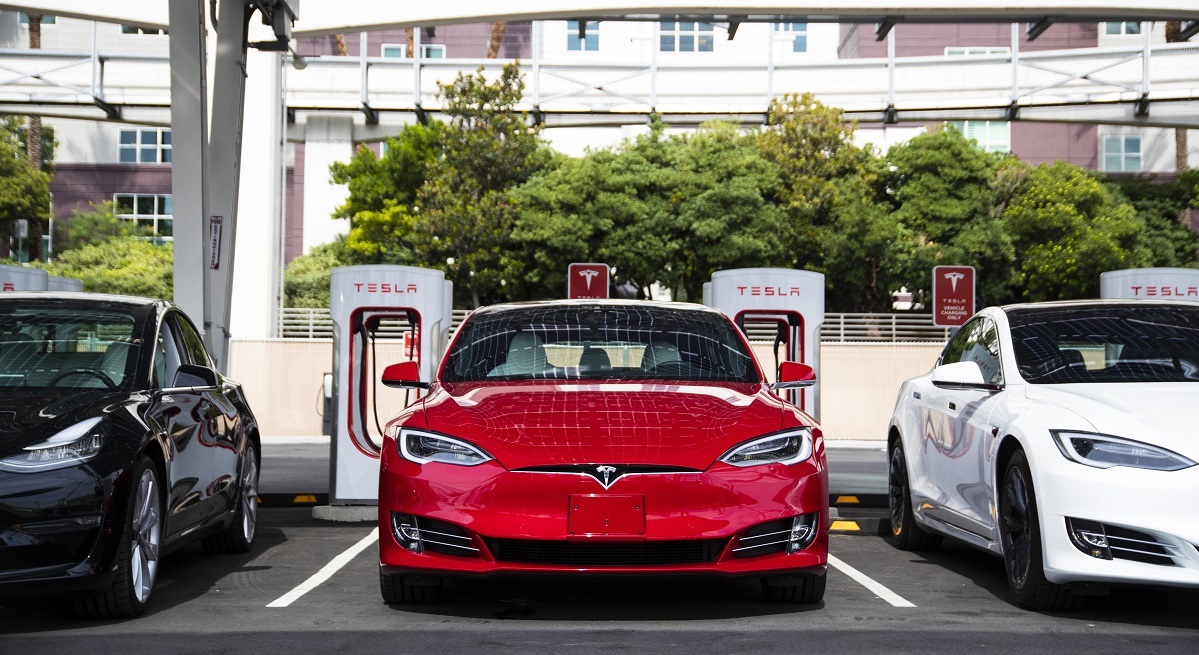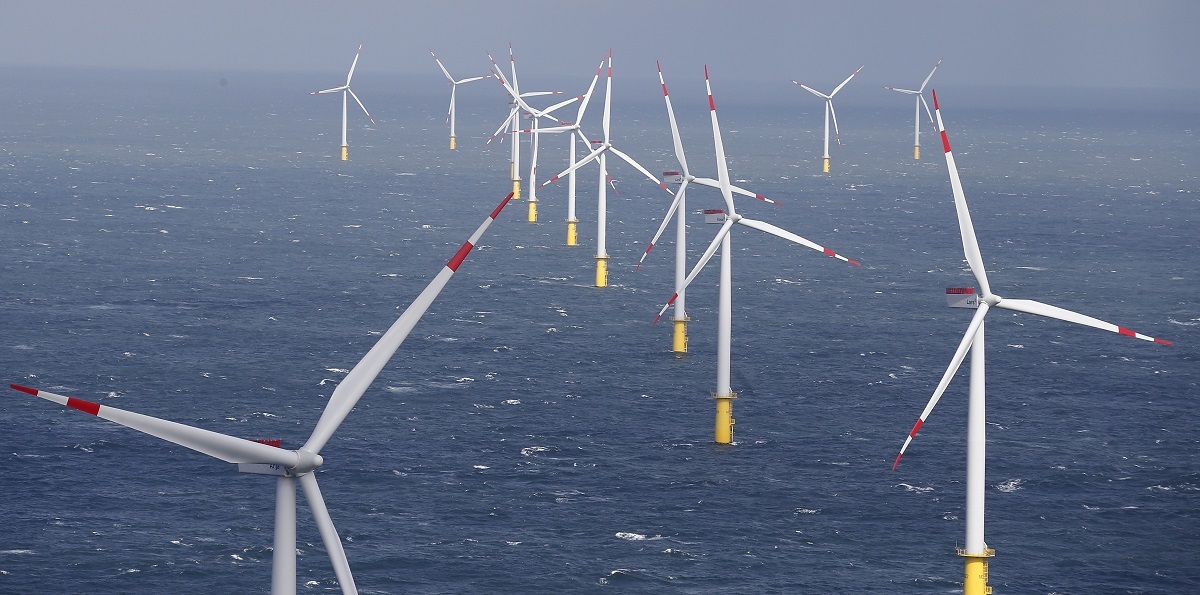In the year 2029, perhaps our youngsters will ask us about plastic bottles and fossil fuels, and get our embarrassed reply: That’s something we used in the old days!
Who knows, in a few years you might refuse to take a taxi with a driver, because you trust technology more than humans.
New products are changing the way we think and live
New products and business models are replacing old ones at an ever faster pace, driven by new ways of thinking. New patterns of consumption are also shaped more rapidly than before. Technological innovations, smarter solutions and government regulations create shifts in our behavior.
The products and services that change the way people think or act are called "disruptive". Disruptive development doesn’t respect established business models, industries, companies or even borders.

DISRUPTIVE MUSIC: Spotify and other streaming services are examples of a new technology that has overturned an entire industry. Very few people go shopping for CDs anymore. (Photo: NTB)
What drives innovation - people or technology?
The main cause of disruptive change is technological innovation.
When the First Industrial Revolution began two hundred years ago machines and new manufacturing processes increasingly replaced humans in various fields.
We are facing a similar trend today, albeit at an accelerated pace. Through the use of robots, artificial intelligence and automation, the changes are occurring more rapidly. Digitalisation, the Internet of Things, 5G, Artificial Intelligence (AI), cloud computing and Big Data are key drivers of change.
Beyond technology, disruptive innovation is also due to regulatory conditions. Corporate and consumer behaviour are governed by restrictions, injunctions and financial incentives. The so-called «demand for green" is usually only viable with government regulations - electric car sales in Norway are a great example of this. I think climate challenge will continue to push forward similar regulations in other sectors in the future.
New business models also emerge due to rapid changes in consumer behaviour. An obvious example is the consumers "demand" for alternatives to plastic, and the shift to plant-based food.

ELECTRIC CARS: The so-called ‘demand for green’ is often only profitable due to regulations and subsidies. A good example is the sales of electric cars in Norway. (Photo: NTB Scanpix)
Our strategy is to invest in those who make the change or benefit from it
Disruptive change has the power to increase productivity, profitability or market share. These are types of new business models we are looking for and which our disruptive fund will invest in. We will invest in several sectors and industries where new business models are already established or are on the way.
We have divided the "disruptive world" into five investment categories. Within these five categories we have identified over 2,000 global listed companies.
The five investment categories
- Internet, mobility and digital devices
- Transportation
- Manufacturing and AI
- Demographics and smarter solutions
- Sustainability
This first category is about the speed and simplicity of digital connectivity; how all large and small digital devices will communicate with each other and how this will change the way goods and services are traded, and how we are entertained. Do you think there will be more or fewer devices that talk to us, entertain us and follow us over the next few years?
The second investment category is transport of goods and people. Central to this is electrification and automation, such as driverless cars and electric aircraft.
The third category is in manufacturing and artificial intelligence (AI). The first machine revolution took place on Henry Ford’s assembly lines 100 years ago, and now we are on the cusp of what some are calling the second machine age. In our households we already have simple and inexpensive robots that make coffee and mow the lawn, and in our hospitals we have advanced robots which can perform medical operations. We now also have software that writes its own software. Maybe the next chapter in the book of artificial intelligence will be written by an intelligent robot?
Global demographic trends are our fourth category. The world today is characterized by an exploding population, inequality, urbanization and an expectation of a longer and healthier life. We need completely new ways of thinking about urban planning, food production, diet, distribution of resources, education, safety and old age.

WIND FARMS: New business models are emerging in the field of energy production, storage and efficiency. Equinor's wind farms are an example of a change towards more sustainable solutions. (Photo: NTB)
The fifth investment category is sustainability. New business models in energy production, storage and efficiency, resource management (recycling, water) and replacement of environmentally hazardous substances (e.g microplastics) are emerging.
Our strategy is to invest in business models that are resource efficient, circular, low-carbon and sustainable. In ten years’ time, maybe your roof will be made of solar cells and your basement will be full of batteries?
Disclaimer: Nothing contained on this website constitutes investment advice, or other advice, nor is anything on this website a recommendation to invest in our funds, any security, or any other instrument. The funds mentioned may not be available in the markets you represent. The information on this blog is posted solely on the basis of sharing insight to make our readers capable of making their own investment decisions.
Last updated:


Share: